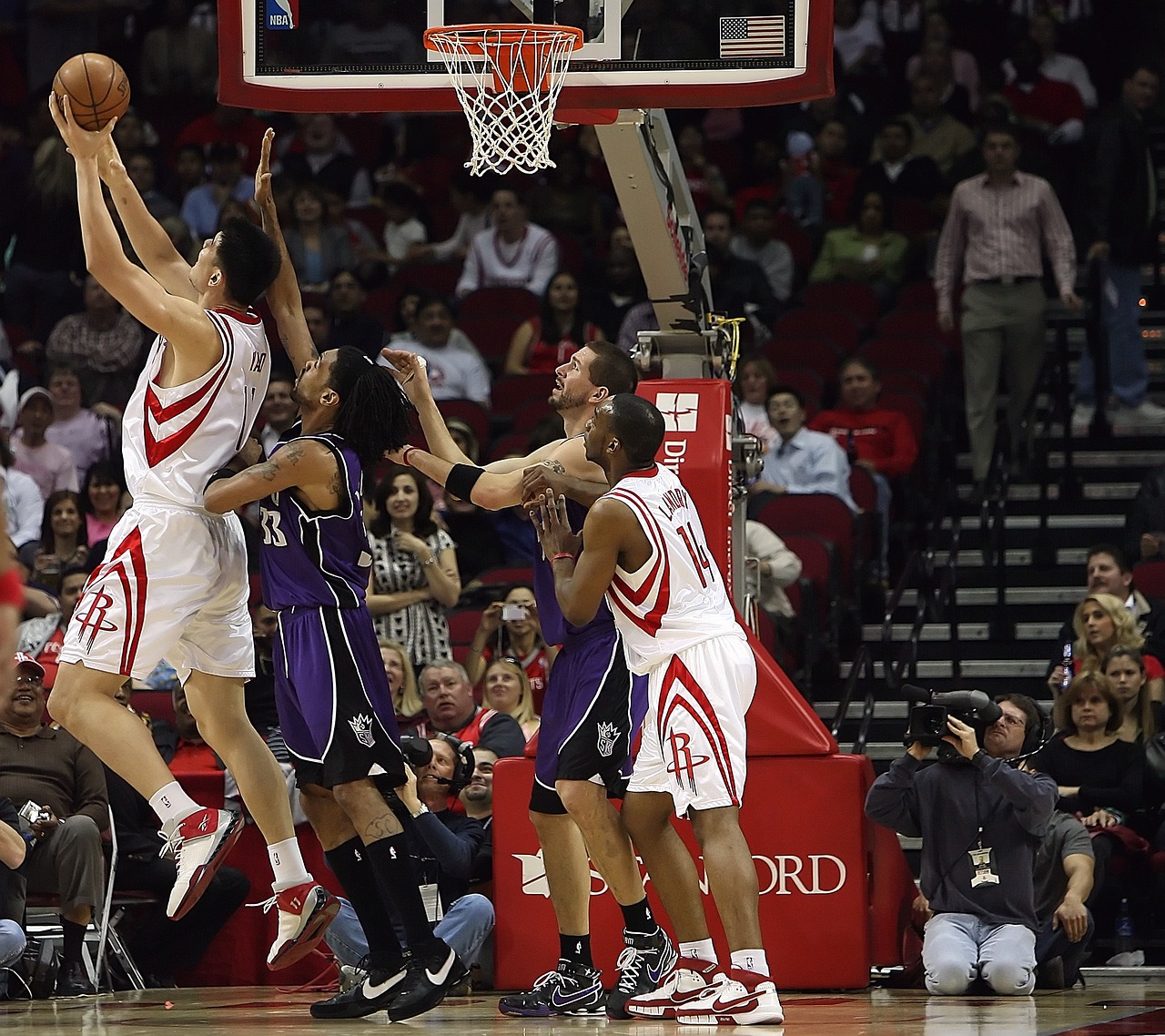
The Sun Belt Conference was founded on Aug. 4, 1976, primarily as a basketball league. Like many conferences, it experienced membership changes from its inception through the early 21st century. The ULM Warhawks and other teams have competed fiercely since joining the conference. The Sun Belt later added football to its list of sponsored sports.
This article highlights each school’s best and worst seasons at the Division I level—whether those occurred as Sun Belt members or in another conference.
Arkansas State
Arkansas State has been a member of both the Southland Conference and the Sun Belt, with a brief period in the now-defunct American South Conference. In the season before the American South merged with the Sun Belt, the team achieved a 23–9 record. However, they missed out on an NCAA Tournament bid after falling to eventual champion Louisiana Tech in the conference semifinals. Known as the Indians at the time—a name the program used until 2008—Arkansas State received an invitation to the National Invitation Tournament. They advanced to the quarterfinals before losing to Colorado on the road.
In the program’s fourth season as a Sun Belt member, performance declined sharply. After finishing non-conference play at 4–4, Arkansas State lost eight of its first nine conference games. The team upset No. 7 seed South Alabama in the first round of the conference tournament but was eliminated by No. 2 seed New Orleans in the next round. This remains the most recent season in which Arkansas State finished with a winning percentage below .300.
Louisiana
Louisiana’s first two seasons in Division I set the standard for Ragin’ Cajuns men’s basketball. However, NCAA sanctions forced the forfeiture of many victories. The best season by winning percentage without vacated victories was 2017–18, when Louisiana posted a 16–2 record in Sun Belt play and a 27–7 overall mark. After going 10–3 in non-conference play—including neutral-site wins over Iowa and Richmond—the Cajuns’ hopes of advancing to the NCAA Tournament were dashed by a semifinal loss to UT Arlington. Their NIT run ended in the first round with a loss to LSU.
The 1994–95 season remains the only one in which Louisiana failed to achieve a winning percentage above 25%. The Cajuns earned their first victory over a Division I opponent in their 12th game, defeating Louisiana Tech 55–52. They also won two games against non-Division I opponents in the season’s first five games. In the tournament, Louisiana defeated Lamar in the opening round before falling to eventual champion Western Kentucky.
Louisiana-Monroe
Louisiana-Monroe had its best season in 1992–93 as a member of the Southland Conference. That year marked the program’s only campaign with a winning percentage above 80%, finishing 26–5 and losing just once in Southland play. The season included a notable 87–78 road win over then-No. 9 Arkansas on Dec. 30. The Warhawks went on to win the conference tournament—with an 80–66 victory over UTSA—and earned a No. 13 seed in the Southeast Regional of the NCAA Tournament, where they fell to No. 4 seed Iowa.
#TBT to 1981-82 when @ULM_MBB earned its first bid to the NCAA Tournament, which featured our very own @CoachRichardULM #TakeFlight pic.twitter.com/tsQizUd7Qv
— ULM Men's Basketball (@ULM_MBB) August 31, 2017
Since joining the Sun Belt Conference in 2006, the Warhawks have recorded just four winning seasons. The 2011–12 campaign was the low point, with ULM finishing 3–26 for a .103 winning percentage. One of those losses came against Division II Harding, which won 71–68 and extended ULM’s season-opening losing streak to six games. The Warhawks closed the season on an 11-game skid before ending on a high note with an upset win over an in-state rival.
South Alabama
The most successful season in South Alabama men’s basketball history came in 1980–81, the only year the Jaguars were ranked in the Associated Press Top 25. They entered the rankings after a 76–67 victory over then-No. 7 Ohio State on Dec. 16. Losses to VCU and UAB—teams that would share the Sun Belt regular-season title with South Alabama—did not knock the Jaguars out of the poll. However, a late-season loss to South Florida did. UAB later defeated South Alabama in the Sun Belt semifinals, sending the Jaguars to the National Invitation Tournament. Their season ended in the NIT quarterfinals with a 69–68 loss to eventual champion Tulsa.
While South Alabama went 7–17 as an independent in 1971–72, the program’s worst season came in 2001–02. The Jaguars finished 7–21 and suffered a 71–66 home loss to Division II Gardner-Webb—one year before the Runnin’ Bulldogs transitioned to Division I. After rebounding to start Sun Belt play 2–0, South Alabama dropped 13 of its next 14 conference games. Their only win during that stretch was a double-overtime victory over MEAC member Bethune-Cookman. Middle Tennessee, one of the two teams the Jaguars defeated during the season, eliminated them in the first round of the Sun Belt Tournament.
Southern Mississippi
While Southern Miss set a school record with 29 wins during the 2013–14 season, 23 of those victories were later vacated due to the use of an ineligible player. As a result, the most successful season based on winning percentage came in 2022–23—the program’s first year as a member of the Sun Belt Conference. The Golden Eagles opened the season with an eight-game winning streak, highlighted by a 60–48 road win over SEC opponent Vanderbilt on Nov. 11. A second nine-game winning streak during conference play helped Southern Miss clinch the Sun Belt regular-season title. However, they were routed by South Alabama in the conference quarterfinals. They then suffered another blowout loss to UAB, 88–60, in the first round of the NIT.
3⃣3⃣ years ago today, we took a bite out of the Big Apple.
John Cox recaps the 1987 team's NIT title run that included wins over Ole Miss, Saint Louis, Vanderbilt, Nebraska and La Salle. #SMTTT
📰 https://t.co/fL6V4wA5gh pic.twitter.com/ZobaFPiwBX
— Southern Miss MBB (@SouthernMissMBB) March 26, 2020
Just one year earlier, in their final season as a member of Conference USA, the Golden Eagles endured their worst campaign since 1984–85, finishing 7–26. After a promising 4–2 start, a six-game losing streak stalled their momentum. Things worsened with a 14-game skid that began after a win over NCCAA opponent Southeastern Baptist College. Southern Miss managed to defeat UTSA in the first round of the C-USA Tournament but was eliminated by Florida Atlantic in the second round.
Texas State
Texas State earned its first NCAA Tournament appearance following the most successful season in program history at the Division I level. During the 1993–94 campaign, the Bobcats recorded four separate winning streaks of at least four games and captured the Southland Conference Tournament title. They entered the NCAA Tournament riding a 10-game winning streak. As a No. 15 seed in the Midwest Regional, Texas State fell to No. 2 seed UMass, 78–60, in the first round. The program made its most recent NCAA Tournament appearance three years later, in 1997.
Halftime recognition of the 1997 team that won the Southland Conference title & played in the NCAA Tournament.#EatEmUp pic.twitter.com/oOa2AWpl5l
— Texas State MBB (@TXStateMBB) January 21, 2023
At the other end of the spectrum, the 2005–06 season marked the low point for the program. The Bobcats finished 3–24 and began the season with a seven-game losing streak that included defeats to two non-Division I opponents. Among the losses was a 77–45 defeat to Utah Valley, which was in just its third year transitioning from the NJCAA level. After a win over Division III Texas-Tyler, Texas State lost 16 of its final 17 games. They failed to qualify for the Southland Conference Tournament.
Troy
Troy earned its first NCAA Tournament appearance during the 2002–03 season, finishing with a 26–6 record. In just their second year in the renamed Atlantic Sun Conference, the Trojans used four multi-game winning streaks to separate themselves from the competition. A loss to Mercer on Feb. 15 allowed the Bears to share the South Division title, but Troy responded with a seven-game winning streak that secured the conference’s automatic NCAA bid. The Trojans, then known as Troy State, fell to No. 3 seed Xavier in the first round of the Midwest Regional. The 2003–04 season remains the last time Troy finished a season with single-digit losses.
Troy’s first season in the Trans America Athletic Conference, prior to its rebranding as the Atlantic Sun, ended with a 7–20 record. The Trojans opened the 1997–98 campaign with a 1–9 start, including a loss to NAIA opponent North Georgia, which would move to Division II in 2005. Troy rebounded with back-to-back wins over Coastal Carolina and Campbell—their only winning streak of the season. The team went 3–3 over its final six games but was ineligible for the conference tournament due to its transition from Division II.



